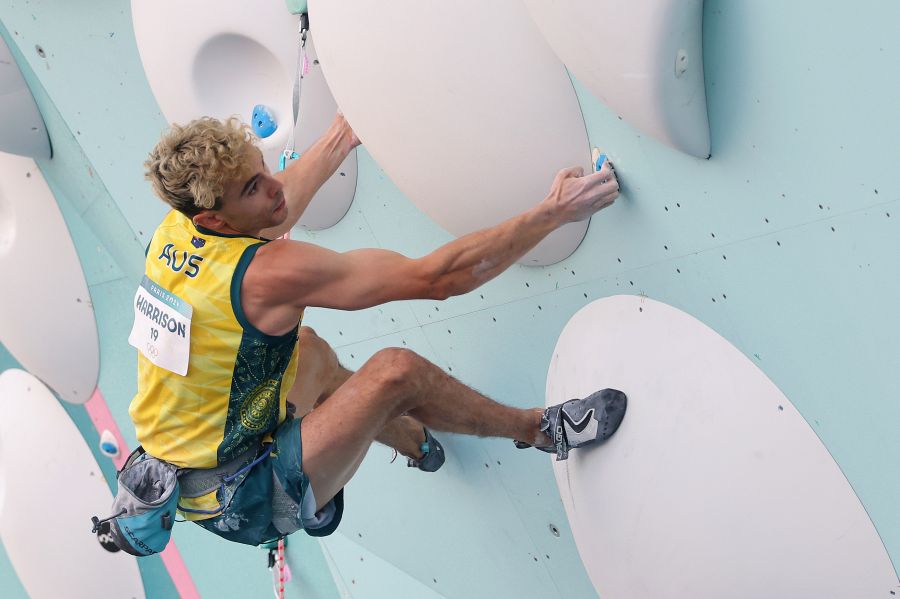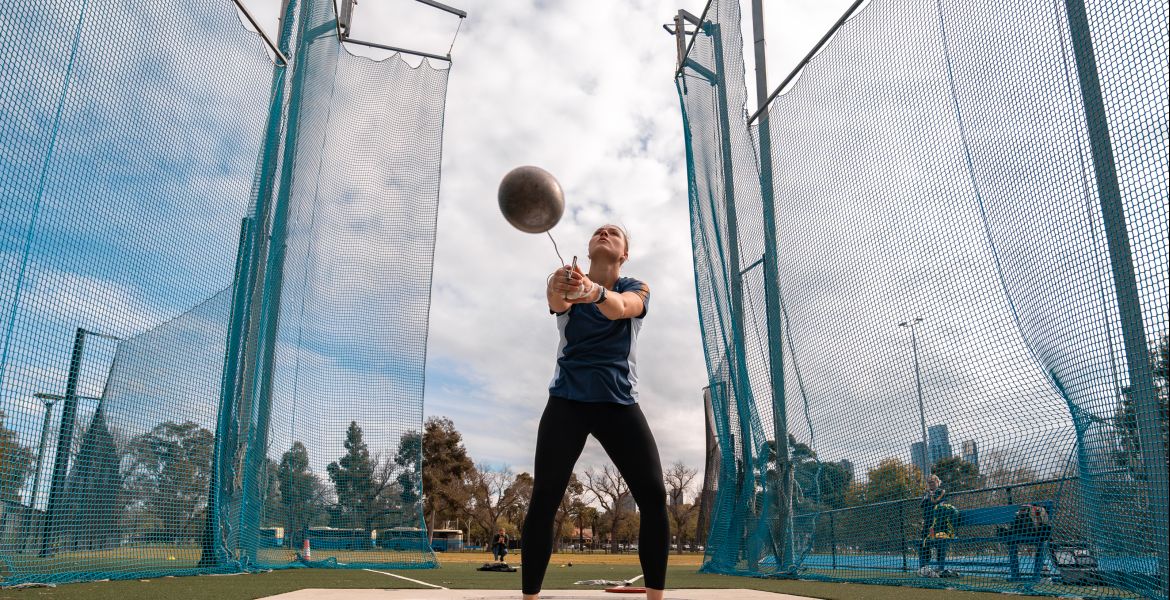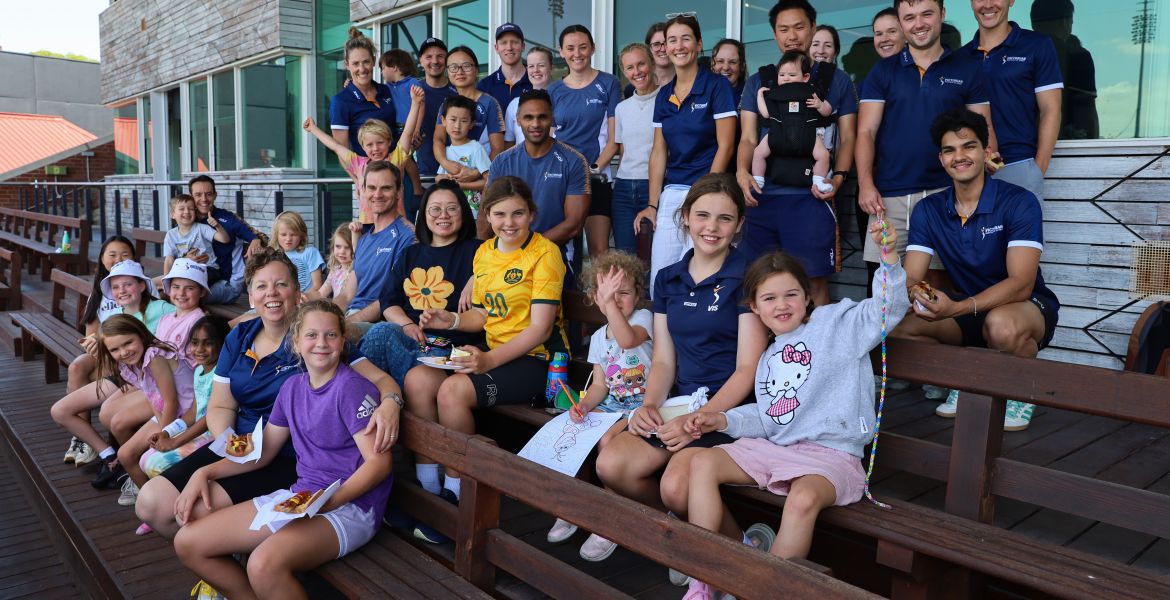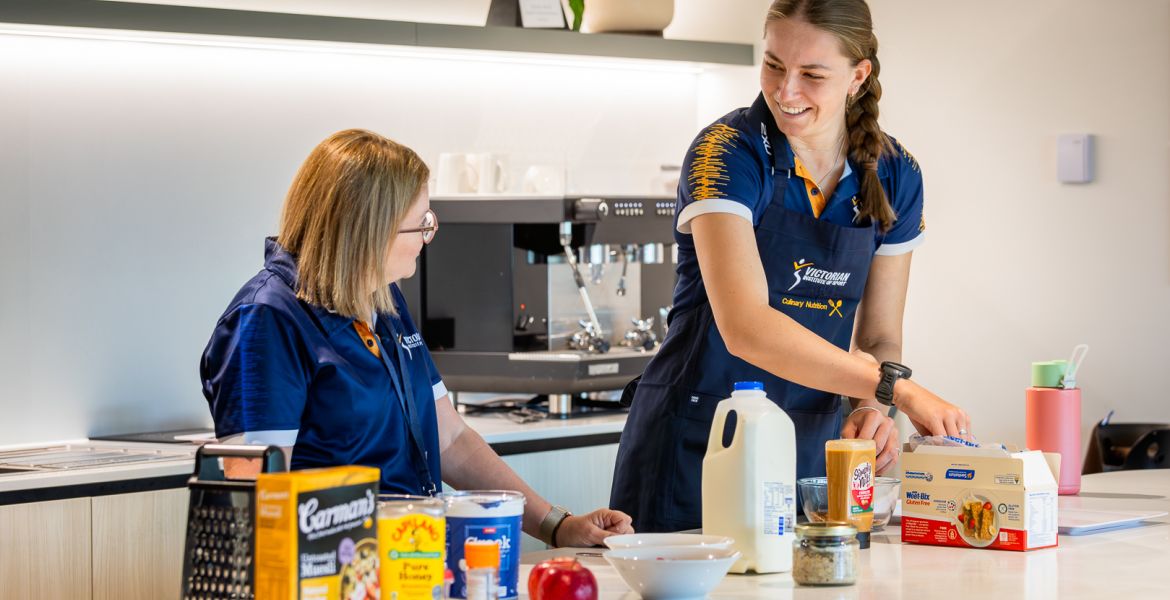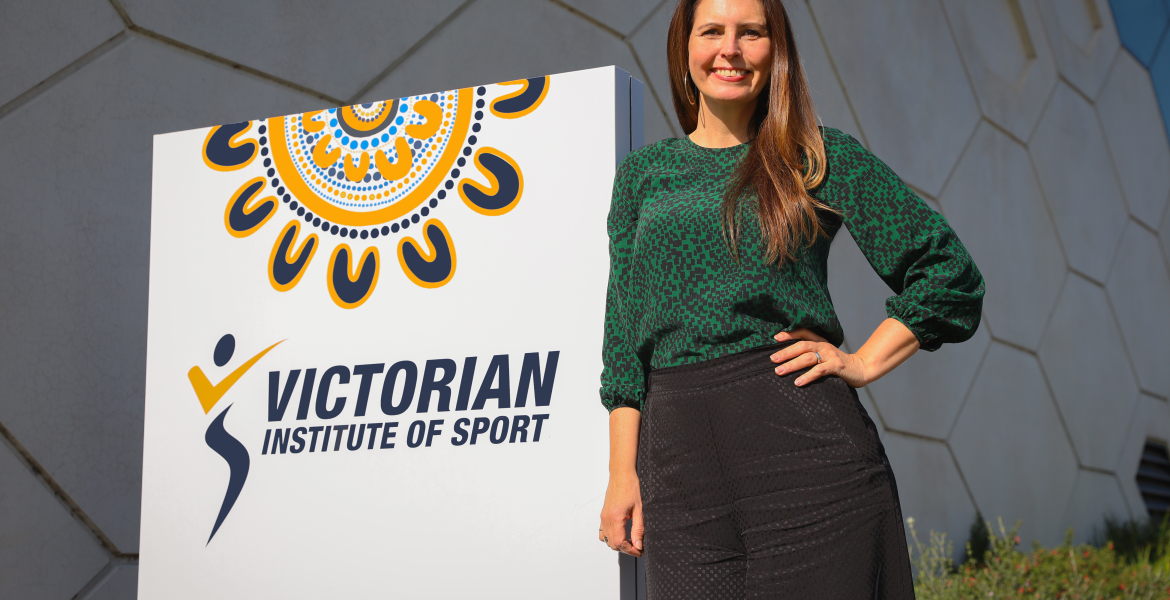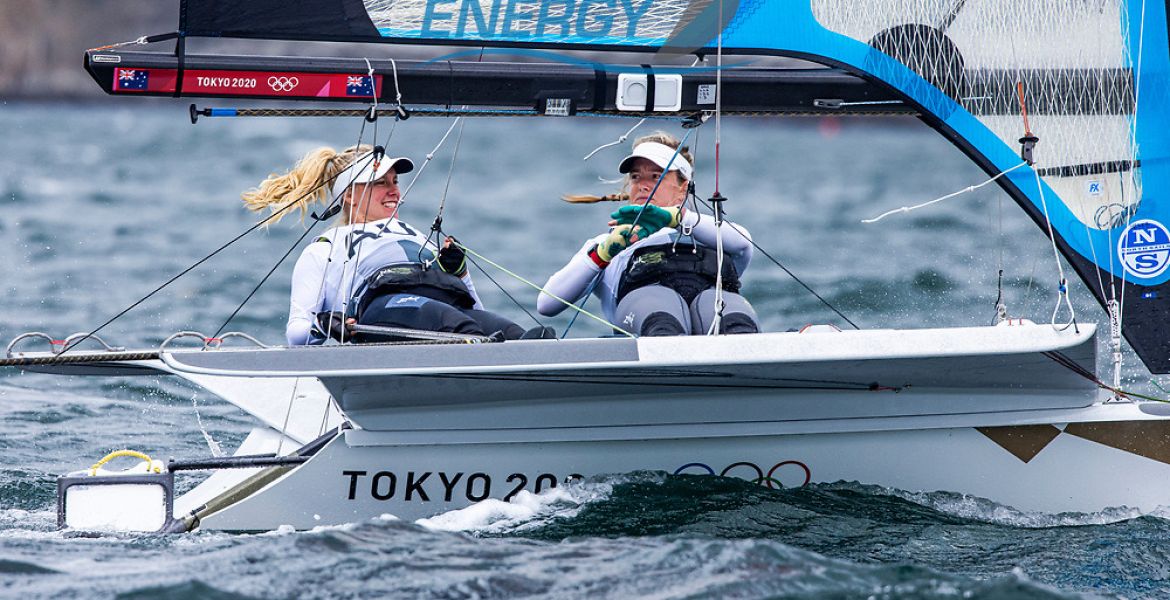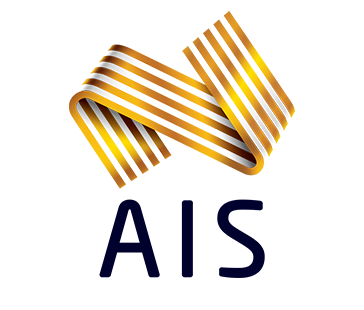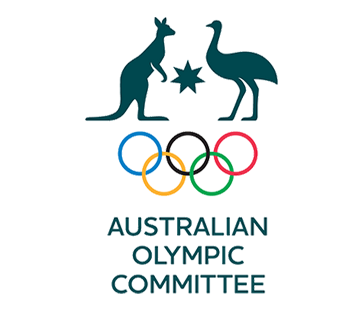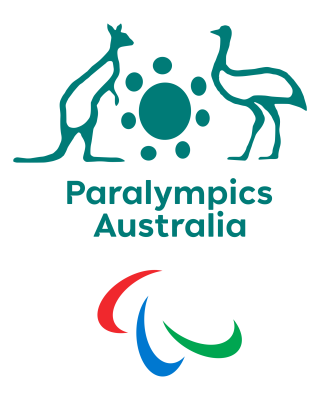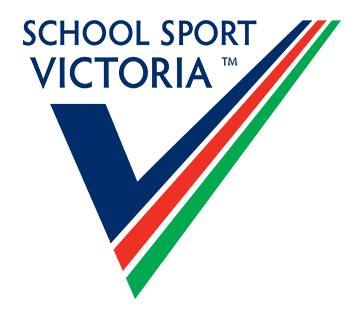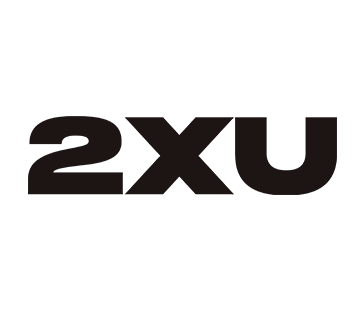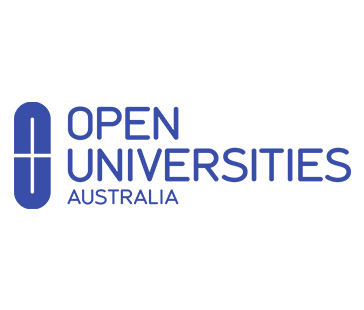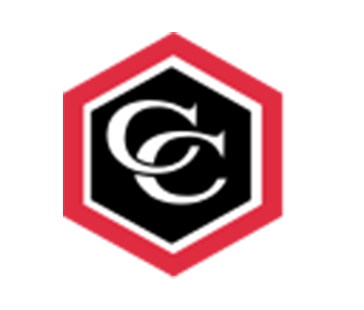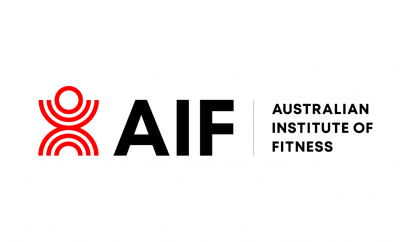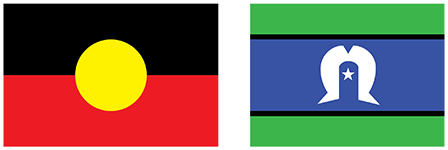It was a tender moment between two men in love, an openly gay athlete kissing his boyfriend Justin, after qualifying to compete on the world’s biggest sporting stage at the Paris 2024 Olympic Games.
A natural reaction to an incredible accomplishment that had taken more than a decade of “literal blood, sweat, tears and utter heartbreak” to achieve. But the photo of the embrace went viral, which, very sadly and perhaps all too predictably, led to a barrage of online abuse from homophobic trolls.
Despite receiving an overwhelming amount of hate, Harrison used the opportunity to proudly speak out about being a queer athlete and thanked his supporters for preventing him from feeling isolated.
“We often tell ourselves that society as a whole is becoming more progressive, or that things are ‘getting better’. But the reality is… there’s a reason why you see so few out, queer athletes in sport. And that’s because we’re still not safe here.. yet. Pride matters. Representation matters.”
“It’s homophobes and bigots that should feel unwelcome in sport. Not me. Not Justin. Not queer people just trying to live our lives without having to lie about and hide who we are,” Harrison added.
Two years after that public embrace, Harrison again locked lips with his boyfriend after competing in the men’s boulder and lead competitions at the Paris Games - this time, their public embrace was a sheer and open defiance of the aforementioned trolls.
Harrison finished a creditable 19th overall at his debut Olympics but merely making it to the Games was a huge accomplishment for the now 27-year-old.
Harrison started climbing in 2006 when he was just eight years old.
“I thought climbing looked like a fun thing to do so I asked my dad if we could give it a go. He took me and my siblings down to a local gym and I just fell in love with it pretty fast.”
“Initially I thought it was just a very cool sensation and a unique feeling to create these paths against gravity,” he said. “Once I started competing and saw the progression and the transition from hard work into results, and making those gains, it was really exciting for me – I found that whole process really addictive.”
In 2012 he made his first national team, and he stopped considering himself as a recreational climber.
Back then, climbing hadn’t yet become an Olympic sport but that changed in 2020, when sport climbing was added to the Olympic schedule for the Tokyo Games. Suddenly, Harrison saw a chance to become a potential Olympian.
He was well placed to qualify for Tokyo, but unfortunately, the COVID19 pandemic struck.
Border closures and his sister’s cancer diagnosis made him decide to give up the chance to secure a qualification to be with his family.
“It was like, ‘You need to get over the border before midnight or you’re going to be in hotel quarantine’, which meant that I wasn’t going to see my family before my sister started chemotherapy. So, I had to make this very quick decision, and we decided to go home.”
While missing his sport’s Olympic debut was disappointing. The lockdowns had come with a surprising upside – the ability to focus on improving and making breakthroughs in domestic competitions, rather than on the international stage. This paid off when Campbell got an exemption in 2021 to head overseas and he made his second World Cup semi-final in Briancon, France.
While Australia’s borders were still closed, Harrison had returned to international competition and competed at the World Championships in Russia. At the championships he caught COVID, which then meant he was stuck in Europe for an extra month with no way home.
As the world reopened, Harrison revived his Olympic dream and became one of the first athletes to be confirmed on the Australian Olympic Team for Paris.
“This was the culmination of more than a decade of blood, sweat, tears and utter heartbreak. I cried like I’ve never cried before, because this accomplishment is of a magnitude I could never truly comprehend. I’m going to the Olympics,” he wrote on social media.
In case you’re unfamiliar with the rules, sport climbing is designed to be challenging, both physically and mentally, and is typically split into three distinct disciplines: speed, boulder and lead. At Tokyo 2020, all three were combined into a single event, but in Paris, speed was granted its own event, while boulder and lead remained combined.
In bouldering, the goal is to scale multiple challenging routes called ‘problems’ with minimal attempts within a timespan. As Harrison explains, “Every round it’s a completely new course that has been created [by a ‘route setter’]. Much of the result hinges on the route setting – in lead climbing it has to be this really sustained or gradual increase in difficulty.”
Lead revolves around a similar concept, except the problem is 15 meters tall and the aim is to climb as high as possible in six minutes.
In Paris, Harrison demonstrated resilience and focus on his way to 9.4 points in the boulder discipline. In the lead climbing event, he registered 14.0 points from navigating the complex route on the 15m wall.
“Paris was one of the most wonderfully wild and emotionally challenging experiences of my life. I put so much pressure and expectation on myself in the lead up to the Games, but ultimately did my best to let go of all that and just enjoy it. The end result might not have been what I was hoping for, but becoming and Olympian in Paris was unforgettable!,” Harrison reflects.
However, his display on the Parisian wall perhaps matters little, because the Victorian climber made a more significant contribution to the Games and wider LGBTQIA+ movement - becoming the first gay sport climber to compete at the Olympics and just the third Australian to compete in sport climbing at the Olympic Games.
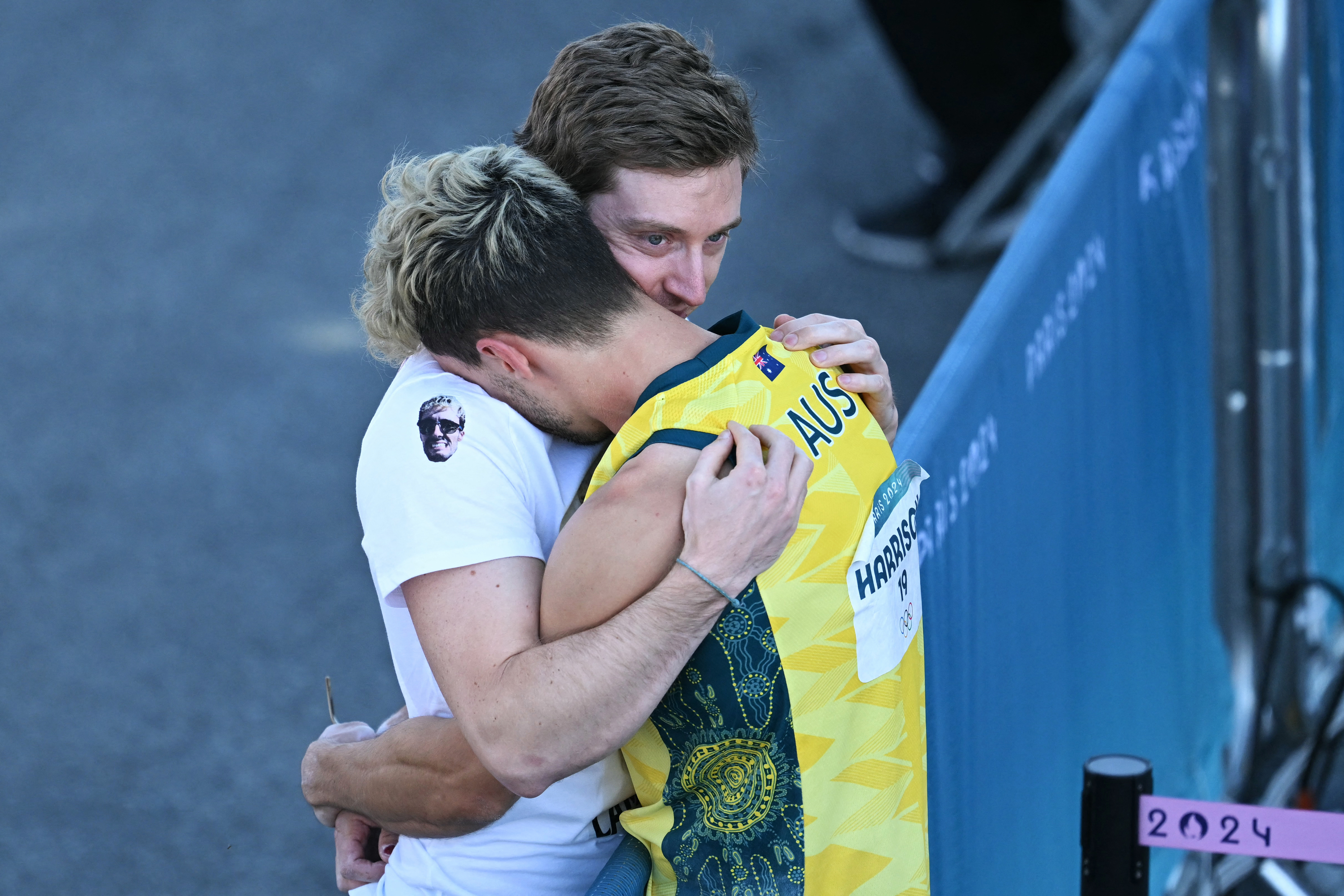
Encouragingly, more and more athletes are coming out as they realise the importance of visibility - the Paris Olympics broke a record by having 199 openly LGBTQ+ athletes competing (surpassing the 186 athletes at the COVID-19-delayed Tokyo Games) including a record 20 male athletes.
But is society as a whole really becoming more progressive?
Harrison believes a pivotal way to really change perceptions and break down homophobia is through representation and visibility, something he definitely didn’t have as a kid.
“When I was coming to terms with my sexuality, I had yearned I’d find a queer community within climbing,” he said, “queer role models were something I was lacking and would have done me a lot of good.”
Harrison said he recognised his sexuality around age seven, when he noticed he wasn’t as interested in girls as he was in other boys. All the media around him reinforced the expectation that he should be straight, and by age 11, he expected to take his interest in boys to his grave, he wrote.
In high school Harrison Harrison decided to come out to his friends in year 11 and through year 12 most people knew that he was gay. He said that his male friends and other teachers detected something different in him because he didn’t act like a stereotypical jock.
“I had always hoped that through this sport I would find a haven of strong, queer climbers within which I could foster the sense of belonging that I had always yearned for,” he wrote. “As I grew older I increasingly felt that this was not the experience I was going to have.”
After he began coming out, Harrison quickly became tired of questions about his experience as a gay climber and he wanted to be known by his ability rather than just for his sexuality.
He also came to realise that “queerness is not a deficit that I was unfortunate to be born with, it’s an asset that both sets me apart from the crowd and connects me to so many others,” he wrote.
“[My queerness] brings both strength and joy to my life.”
“It’s not always easy, and there will always be people who see it as their place to disrupt your sense of self,” he added, “but a strong community is one of the things that allows me to hold fast in my pride.”
Pride Hasn’t Always Been Easy: How I Learned to Accept Myself As A LGBTQ+ Climber
Since Paris, sport climbing’s popularity has skyrocketed, and much of its progress is happening at the grassroots level, which is encouraging as we embark on the exciting journey towards to the Los Angeles 2028 and Brisbane 2032 Olympic and Paralympic Games.
“When I started climbing, there were maybe three or four gyms in Victoria and now there’s probably close to 30,”
“I work at a gym, and we might have 600 people come in a day and 200 of them will be the first time they’ve ever come to a climbing gym. For a lot of them, it feels like being a kid in the playground again.”
Harrison has experienced first-hand the growth of the high-performance side of Australian climbing and is excited for the future of the sport.
“There's lots of work still to do, but we're slowly seeing a formidable national program taking shape, and I see big things ahead in the lead up to Brisbane 2032,” he says.
“At the moment I'm really focused on the World Cup Circuit, as well as qualifying for the 2028 Games in Los Angeles. From there, I'd love the opportunity to compete at a home Games in Brisbane, but I'm just taking things one at a time”.
When asking him if we can expect to see more kisses between him and his Partner Justin – Harrison responded with a wink in his eye:
“Inevitably. We are not going anywhere!”
By Ashley Gillespie
Victorian Institute of Sport
PHOTO CREDIT: Getty Images

